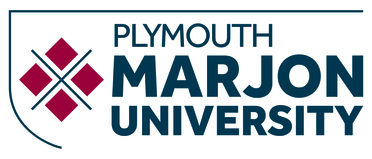Skeletal muscle atrophy: disease-induced mechanisms may mask disuse atrophy
Malavaki, C. J., Sakkas, Giorgos K., Mitrou, G. I., Kalyva, A., Stefanidis, I., Myburgh, K. H. and Karatzaferi, Christina (2016) Skeletal muscle atrophy: disease-induced mechanisms may mask disuse atrophy. Journal of Muscle Research and Cell Motility, 36 (6). pp. 405-421. ISSN 0142-4319
Full text not available from this repository. (Request a copy)Abstract
Disuse atrophy is the loss of skeletal muscle mass due to inactivity or lower than ‘normal’ use. It is not only a furtive component of the ‘modern’ sedentary lifestyle but also a part of numerous pathologies, where muscle loss is linked to disease specific and/or other toxicity factors, eventually leading to wasting (cachexia). Whether disuse-or-disease induced, muscle loss leads to weakness and metabolic comorbidities with a high societal and financial cost. This review discusses the intricate network of interacting signalling pathways including Atrogin-1/MAFbx, IGF1-Akt, myostatin, glucocorticoids, NF-kB, MAPKs and caspases that seem to regulate disuse atrophy but also share common activation patterns in other states of muscle loss such as sarcopenia or cachexia. Reactive oxygen species are also important regulators of cell signalling pathways that can accelerate proteolysis and depress protein synthesis. Exercise is an effective countermeasure and antioxidants may show some benefit. We discuss how the experimental model used can crucially affect the outcome and hence our understanding of atrophy. Timing of sampling is crucial as some signalling mechanisms reach their peak early during the atrophy process to rapidly decline thereafter, while other present high levels even weeks and months after study initiation. The importance of such differences lays in future consideration of appropriate treatment targets. Apart from attempting to correct defective genes or negate their effects, technological advances in new rational ways should aim to regulate specific gene expression at precise time points for the treatment of muscle atrophy in therapeutic protocols depending on the origin of atrophy induction.
| Item Type: | Article |
|---|---|
| Keywords: | Protein synthesis, Protein degradation, Ubiquitin–proteasome system, Redox status, Mechanical loading, Atrophy countermeasures |
| Divisions: | ?? UniversityCollegePlymouthMarkJohn ?? |
| Depositing User: | Users 134 not found. |
| Date Deposited: | 14 Feb 2017 20:16 |
| Last Modified: | 17 Feb 2020 15:18 |
| URI: | https://marjon.repository.guildhe.ac.uk/id/eprint/15302 |
Actions (login required)
 |
Edit Item |

